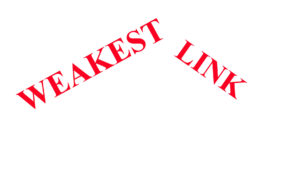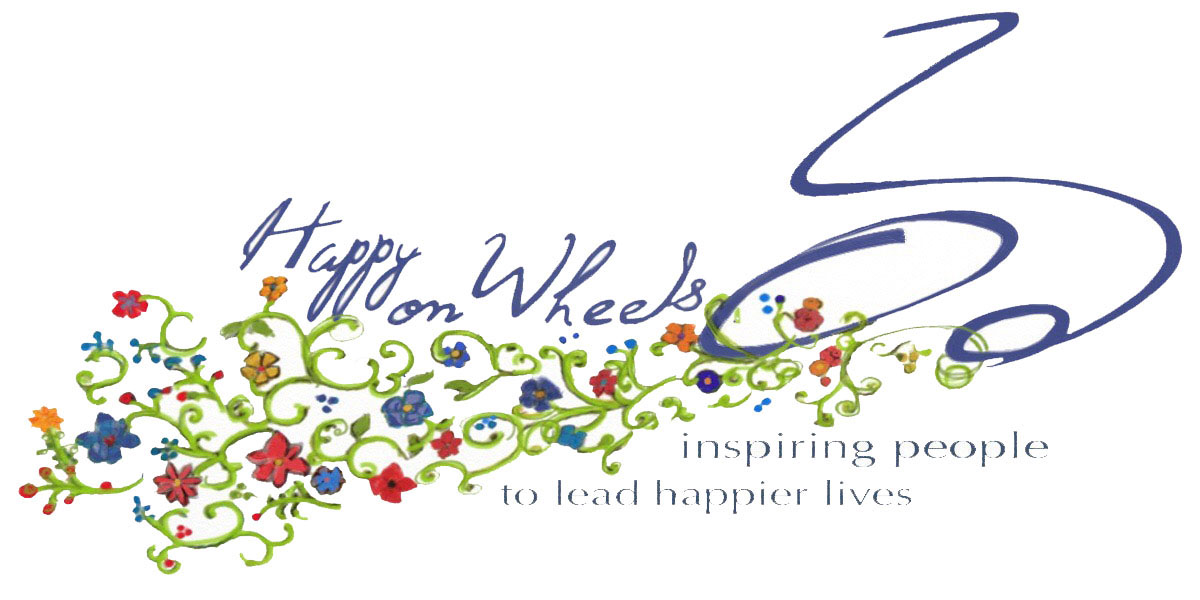A Letter to Me
No letter to Santa, but this year I did something I’ve never done before. I wrote a letter to myself. I’ve been pondering many aspects of my life and how I spend my time, potentially triggered by COVID, but likely based on a variety of factors. Instead of having thoughts swirling in my head I decided that writing would cement them. Many individuals in the positive psychology,  wellness, and related fields suggest this type of activity as an end of year exercise. It can be used to reflect, to plan, and to make written commitments. Certainly, it is only as good as what you put on the paper and depends on what you do with it. But I must say that after I finished, I was surprised. It is a thoughtful document of useful information to propel me into the new year on a better path.
wellness, and related fields suggest this type of activity as an end of year exercise. It can be used to reflect, to plan, and to make written commitments. Certainly, it is only as good as what you put on the paper and depends on what you do with it. But I must say that after I finished, I was surprised. It is a thoughtful document of useful information to propel me into the new year on a better path.
There is no magic formula. Everyone is different and therefore the structure and major topics in a letter will likely reflect one’s current or past experiences. In all honesty, when I began writing it, I quickly developed a flow.
I started with a few high-level paragraphs regarding how I’m currently feeling about professional and personal strategies, goals, and what I’m doing with my life. It may sound heavy, but these are thoughts we all have whether we want to admit it or not. After that, I split the letter into parts.
 The first heading is entitled, “What Do I Want.” This section covers what I feel is most important in my life; including but not limited to making health a priority, the attitude I want to bring to each day despite the tasks at hand, and the current obstacles or challenges I am facing. While some of what I want is more easily achievable, I also address big goals, like finishing my book.
The first heading is entitled, “What Do I Want.” This section covers what I feel is most important in my life; including but not limited to making health a priority, the attitude I want to bring to each day despite the tasks at hand, and the current obstacles or challenges I am facing. While some of what I want is more easily achievable, I also address big goals, like finishing my book.
The second heading is “What Do I Have to Do.” This section is a list of the priorities that I have for the year. It includes what I want to focus on professionally as well as lifestyle issues. Listed are actions such as getting more rest and taking time off from everything to recharge. For those that know me, this is a challenge. But it must be my new mode of operating. My body is telling me, and I need to listen; it cannot do what it used to. And trying to do it all leaves no energy or time for “What Do I Want.”
The next section is the meat. Entitled, “Where Are the Weak Links,” I am brutally honest about the barriers, obstacles, and habits that interfere with “What I Want” and “What I Have to Do.” It is a deep dive examination of where my work needs to occur. For some areas, the fixes aren’t easy and require a completely new approach. In other cases, there are tweaks that I can make to get things done more strategically to hopefully reduce stress. For instance, taking a pause before committing to something that may not be in my best interest. Simply put, eliminate those bad habits. We all have thoughts and responses regarding what is working and where we fall short. There is no magic formula, and a magic wand cannot be waved to make changes all at once. The beauty of this section is that it can lead to being more strategic, developing a plan, or coming up with lists with deadlines. For this to work, you need to develop techniques that fit your mode of operation. And it may be a process of trial and error.
There is no magic formula, and a magic wand cannot be waved to make changes all at once. The beauty of this section is that it can lead to being more strategic, developing a plan, or coming up with lists with deadlines. For this to work, you need to develop techniques that fit your mode of operation. And it may be a process of trial and error.
I end with a pep talk. While this document is intended to be personal and confidential, I’m providing an excerpt from mine. I am hoping this insight will be helpful if you decide to write a letter to yourself.
“To accomplish this, is a year that likely needs to be filled with discipline, calmness, conscientious strategy, trial and error, measured response, reality check ins, and being more comfortable with pulling back. Being upfront and not afraid of a difficult conversation or confrontation. I am not Wonder Woman. I am not lazy. I do not have to compare myself to others when it comes to productivity. Just making it through each day is an accomplishment. Remember that. Really remember that. And read this if you forget.”
I will keep you updated from time to time regarding how well I do and whether the strategies I develop from this letter bring me closer to my goals, create increased happiness and result in good health. It’s never bad to do a self- inventory even though parts of it may be painful to confront. Believe in yourself. Change is possible and often necessary.


